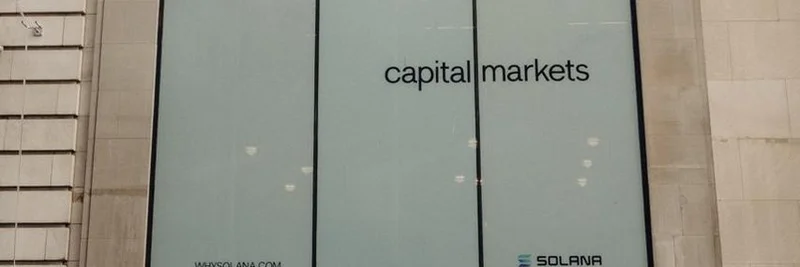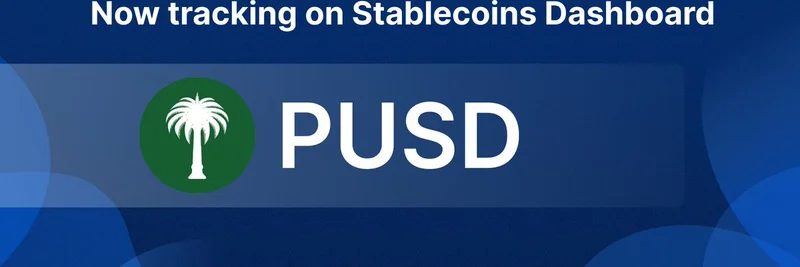Hey there, crypto enthusiasts! If you're keeping an eye on the latest in blockchain innovation, you've probably come across InterLink, a project that's stirring up conversations with its unique approach to tokenomics. Recently, BSC News dropped a detailed analysis on InterLink's dual token model, questioning if it's truly fit for purpose. As someone who's navigated the wild world of crypto from the editor's desk at CoinDesk and now digging into meme tokens and beyond at Meme Insider, I thought it'd be fun to break this down for you in plain English. Let's unpack what makes InterLink tick and see if this setup could be the next big thing—or just another experiment in the DeFi space.
First off, what's the big deal with InterLink? This project, tagged with @inter_link on X, is all about building a "human-centric" network. That means focusing on real people rather than just tech or bots. Their tokenomics got a fresh update in their whitepaper back in mid-June 2025, introducing a dual-token system: $LINKS (which they're calling $ITL in some docs) and $INTL (or $ITLG). Think of it like Bitcoin and Ethereum smashed together—one for storing value and stability, the other for everyday utility and community vibes.
Starting with $LINKS, this one's positioned as the "strategic reserve asset." It's managed by the InterLink Foundation and is geared toward big players like venture capitalists and institutions. Why? It could help with regulatory stuff, like fitting into SEC guidelines as a security token. The total supply is capped at 10 billion tokens, keeping things scarce. Half of that—5 billion—goes straight to $INTL holders, while the other half supports institutional growth and keeps the ecosystem steady. If you're into staking, this token lets you lock it up to access the "Human Layer," which is basically a network of verified users for trusted interactions.
Now, flip to $INTL, the token that's all about active participation. This bad boy has a whopping 100 billion total supply, but don't worry—it's not flooding the market willy-nilly. Eighty percent is reserved for "Human Node miners," who are verified real humans contributing through things like referrals and identity checks. The remaining 20% fuels incentives. $INTL powers the DAO for voting on governance decisions, gives you early dibs on launchpads, and acts as the go-to currency for mini-apps in their ecosystem—like games or services. Plus, if you hold $INTL, you can earn $LINKS alongside it, but no converting back the other way. Once the supply hits that 100 billion cap, holders vote via DAO on whether to keep it scarce or pump more out.
The mining side is pretty cool and accessible, especially early on, to bootstrap adoption. It's tied to "proof of personhood"—one person, one node, one shot at rewards. This contrasts with Bitcoin's hardware-heavy mining, making it more inclusive. They've got anti-bot measures with ID verification, and a locking mechanism with vesting to prevent dumps and control inflation. Sustainability is key here, with rewards balancing early birds and newcomers.
But InterLink isn't just theory; they're eyeing real-world impact. With over 1.4 billion unbanked folks worldwide (shoutout to World Bank data from 2021), $INTL could enable peer-to-peer payments via simple smartphone facial scans. Imagine NGOs dropping aid directly to verified people in crisis zones, or orgs like WHO and UNICEF handing out micro-grants. Even tech giants like Google or Meta might use it to pay users for data in AI training—ethically, of course.
Like any crypto setup, there are upsides and potential pitfalls. On the pro side, it rewards genuine human involvement, lowers barriers to entry, and has massive potential for financial inclusion and humanitarian apps. It's community-driven with that DAO twist, which could lead to viral, meme-like growth if it catches on. But cons? Adoption is everything—if it doesn't hit that 1 billion user goal, it might fizzle. Regulatory hurdles could snag the security token angle, and the mining/governance mechanics need to prove themselves in the wild.
Overall, InterLink's dual token economy feels like a smart blend of stability and utility, perfect for a project aiming to bridge crypto with everyday life. Whether it's a meme token in disguise with its community focus or a serious DeFi contender, it's worth watching. If you're intrigued, check out the full scoop on BSC News or follow @inter_link for updates. What do you think—bullish on this human-centric vibe? Drop your thoughts in the comments!



